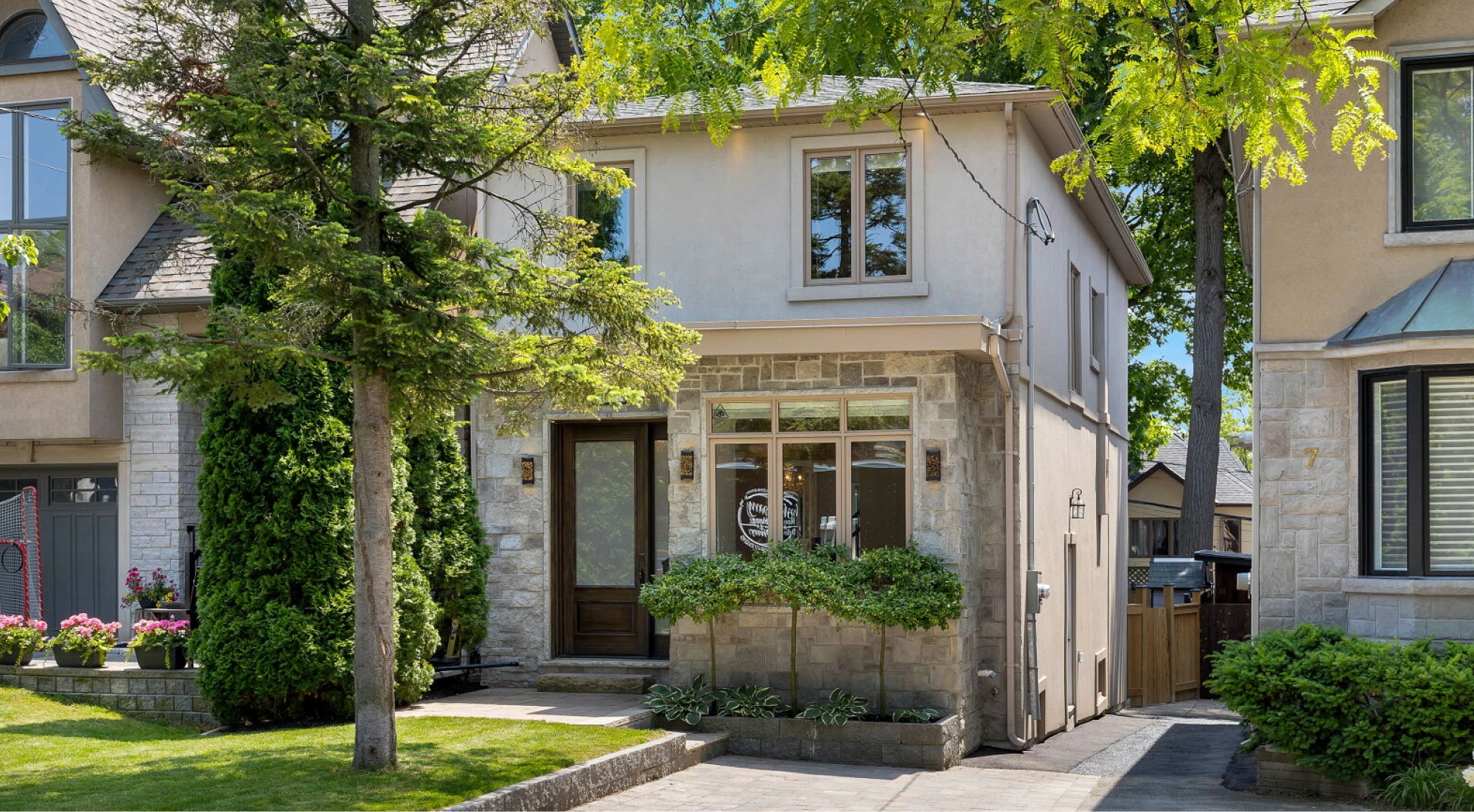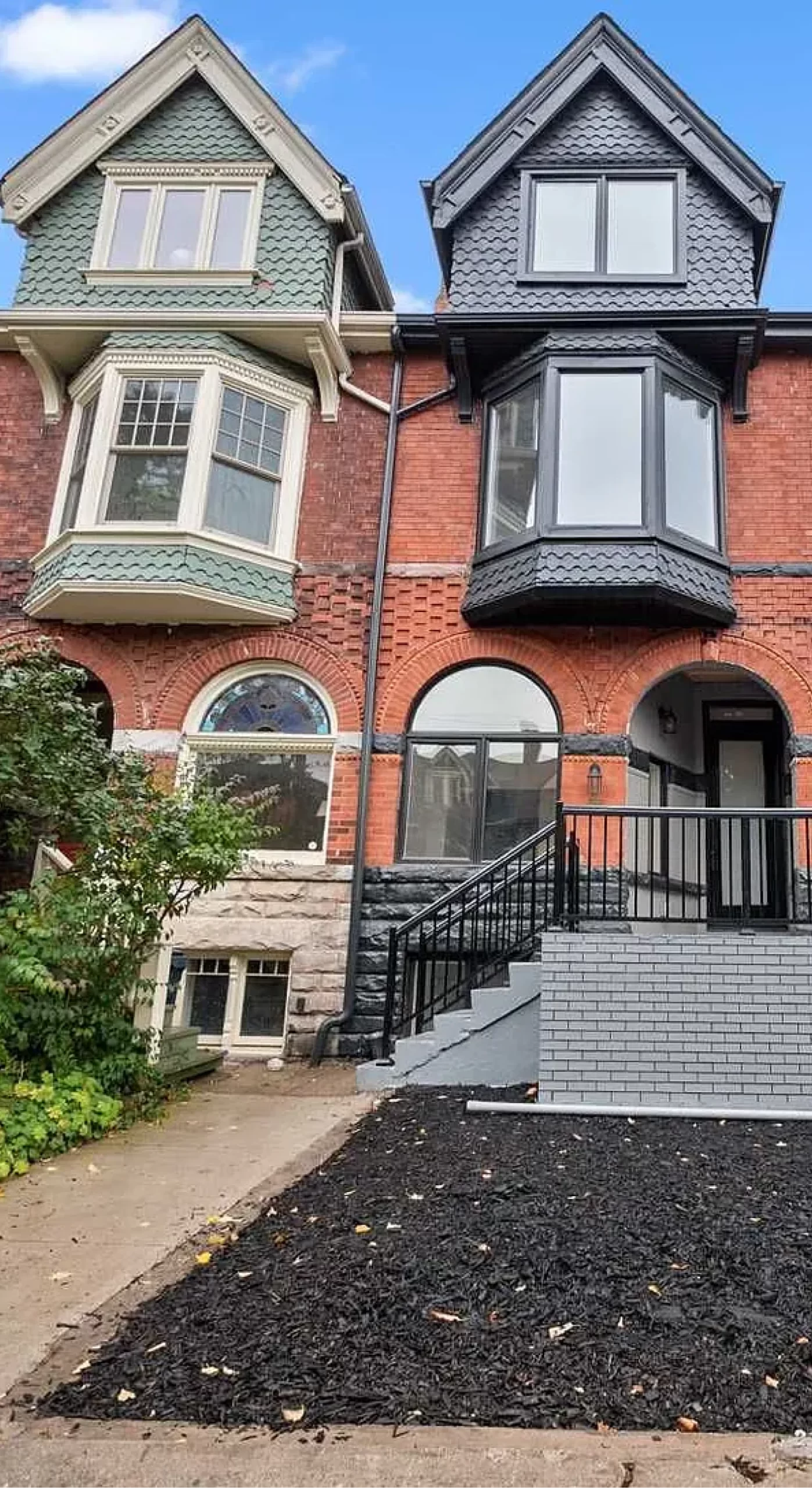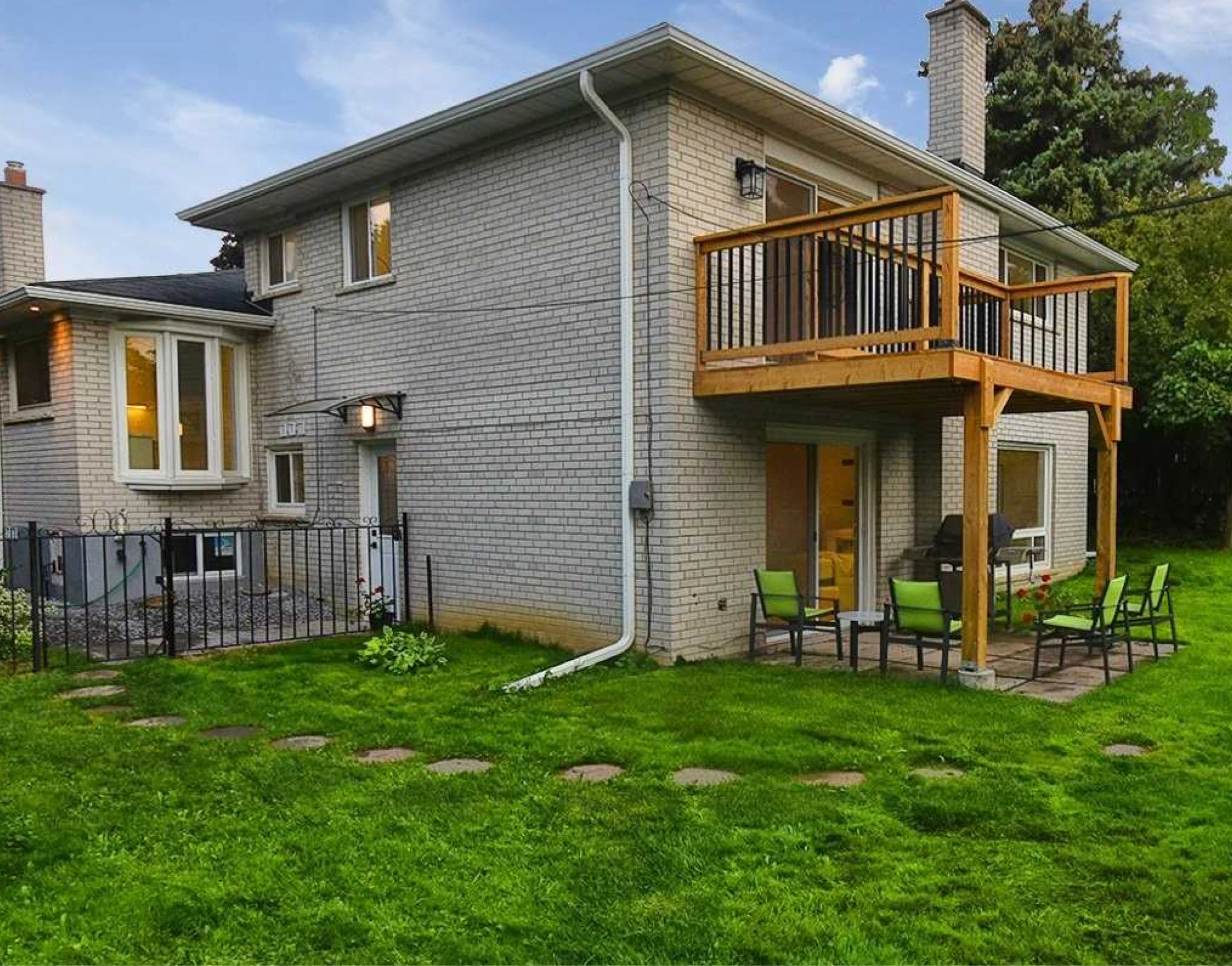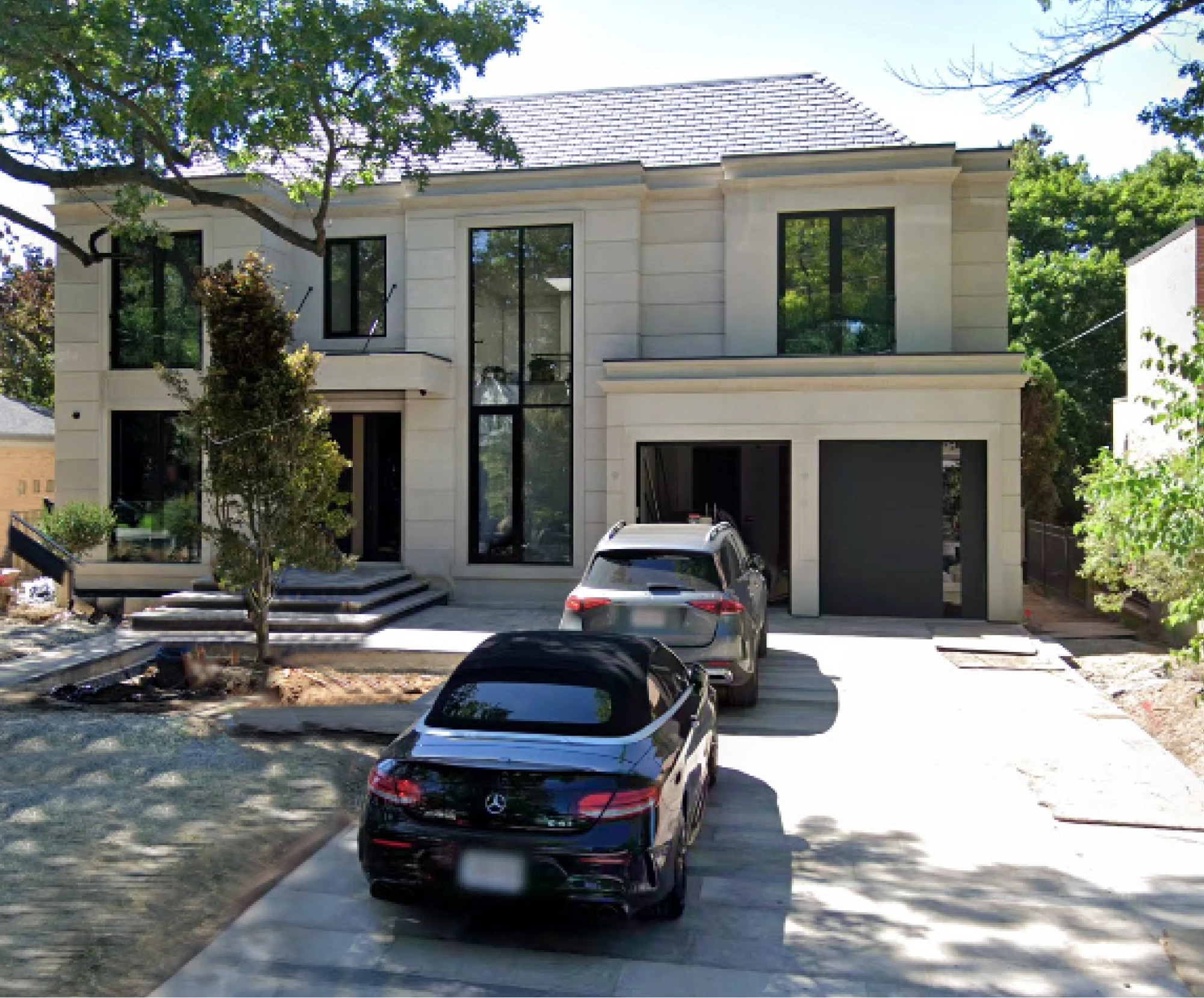Tailored Financial Expertise for Your Residential Projects
Find the perfect funding solution for your residential development with our financing options.


Residential subdivision development is the process of legally dividing a large piece of raw land into smaller, manageable plots that can be developed, sold, or transferred. This approach allows developers to transform a single block of land into multiple lots, which can then be developed individually to maximize profitability. By breaking down a large land area into smaller sections, developers can create diverse residential options that cater to various market demands, making the investment more attractive to buyers and investors.
The financial benefits of residential subdivision development are significant. Subdividing land allows developers to increase the overall value of the property by creating multiple lots, each with its potential for development. This process not only increases the potential return on investment but also reduces financial risk by spreading it across several plots rather than a single large parcel. Subdivision development also enables more strategic sales or leasing options, offering developers flexibility in their exit strategies.
Contact us if you wanna learn more about residential subdivision mortgage

At TM Lending, we specialize in financing solutions for residential subdivision development projects. From acquiring raw land to building residential homes, our expertise ensures your project’s success. Discover how we can help you maximize profit through strategic subdivision development.
Whether you’re starting from scratch or expanding an existing project, we provide the financial support and guidance you need every step of the way.

The first step in residential subdivision development is acquiring the raw land. This involves selecting a suitable location and negotiating the purchase, taking into account zoning laws and potential development costs.

Once the land is acquired, the next step is legally dividing it into smaller plots. This process involves extensive paperwork and compliance with local zoning laws and regulations to ensure each plot is legally recognized for development or sale.

After the land is legally subdivided, the development phase begins, involving infrastructure setup, such as roads, utilities, and sewage systems, followed by the construction of residential homes or other structures.
Contact our team today to discuss your financing needs and learn how we can help bring your vision to life



When considering financing for your residential subdivision project, choosing the right partner is crucial.TM Lending not only offers tailored solutions for residential subdivisions but also provides comprehensive guidance for all types of development financing. If you’re interested in exploring all your options, you can visit our main Development Financing page for more information.
In Ontario, the average annual interest rate for residential subdivision development is typically 7.25%. However, this rate can vary depending on the size of the loan, as smaller loans tend to carry higher interest rates due to the lack of economy of scale.
Once the development is finished, there are several potential exit strategies that can be considered. These include selling the property and using the proceeds to pay off the loan, taking out a construction loan to retire the existing land loan, or refinancing the construction loan with a bank or institutional lender at a lower interest rate. This last option is often chosen by developers who plan to keep ownership of the property or rent out the units.
You will typically need to repay your land development finance loan once the project is complete. Some lenders may require interim interest payments, but usually, the interest is rolled into the loan and the total capital plus interest is paid back at the end of the development.
Even without planning permission, it is still possible to secure land development finance. Although it is easier to find competitive lending with planning permission, you can still borrow up to 85% of the anticipated project value. Planning can increase the valuation estimate of a plot by as much as 30%, meaning you may be able to borrow more.
When applying for Land development financing, an appraisal from a licensed Real Estate Appraiser is necessary. The Appraiser will visit the building site and assess the property attributes, building plans, quotes, specifications, and land features. This will enable them to determine the fair market value of the home once it is completed.